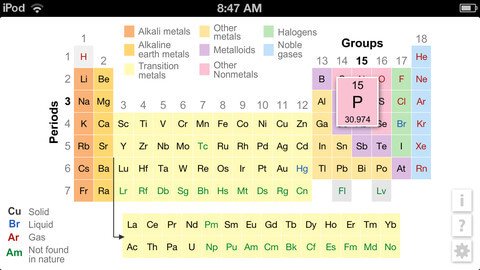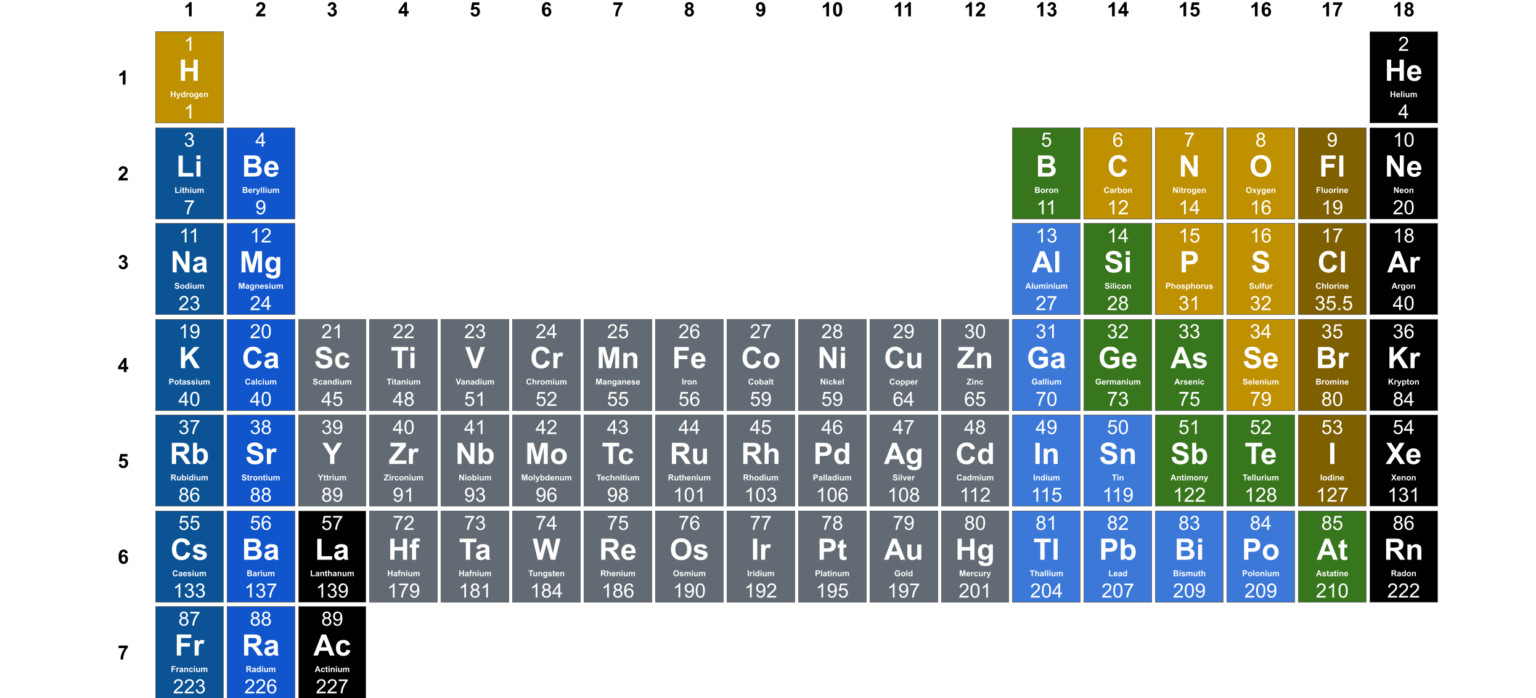

(Segment mean shift, object-based image analysis)Ĩ3. Segmentation – Grouping similar pixels from an image into vector objects to recognize objects and features. (Dark object subtraction, radiative transfer models, atmosphere correction)Ĩ2.

Atmosphere Correction – Corrects remote sensing imagery through scattering inherent in the atmosphere. Pansharpening – Enhances the spatial cell resolution by leveraging the panchromatic band.Ĩ1. Composite Bands – Combines single-band rasters into a composite raster for true color or false color display. ( Supervised/unsupervised classification)ħ9. Image Classification – Assigns land cover classes to imagery pixels based on their spectral properties.

Image Stretching – Arranges the display of an image by adjusting brightness, contrast, and gamma properties.ħ8. Band Index – Converts a set of imagery bands by leveraging the inherent wavelength properties. Conditional – Performs a conditional statement on a raster that generates a binary output. Suitability – Overlays raster surfaces based on criteria to analyze suitability. (Arithmetic, power, exponential, and logarithmic)ħ4.
PERIODIC TABLE K 3D UPDATE
Math Function – Executes a math function to update the numerical value on a cell-by-cell basis. ( Slope, morphometry, TPI, and roughness)ħ3.

Terrain Analysis – Calculates the characteristics of the terrain from an input raster. (Ordinary least squares regression, spatial regression)ħ2. Spatial Regression – Generates a prediction surface based on explanatory variables. Raster Processing – Creates a subset of features by clipping, selecting, and splitting raster grids. Cost Path – Finds the most cost-effective path, from a start point to a destination, which accumulates the least amount of cost. ( Zonal statistics – mean, sum, and majority)Ħ9. Zonal Statistics – Generates statistics for defined zones of a raster surface. Contours – Produces lines of constant elevation to represent the topography of the landscape. Map Algebra – Applies math-like operations in local, zonal, focal, and global configurations. Raster Analysis – Performs raster analysis functions for a raster grid dataset. (GeoEvent server, geofencing, make tracking layer)Ħ5. Real-time Tracking – Streams real-time movement of objects or change in status over time. Temporal – Adds time properties to layers with the date and/or time (Convert time zone, update time field, temporal animation)Ĥ9. Indoor Mapping – Incorporates indoor floor plans with digital formats like BIM, Revit, and CAD. TIN – Creates a triangular irregular network for depicting three-dimensional terrain surfaces. Web Service – Deploys or imports features from a layer as a web feature/mapping service. Point Cloud – Manages LAS files with a set of tools to maintain, alter, and interpolate point clouds.Ĥ5. COGO – Captures coordinates, bearings, and distances from transverse land survey measurements.
PERIODIC TABLE K 3D FULL
Full Motion Video – Geo-enables video with the footprints coordinated on a map. Attachments – Builds attachments to store photos internally as a table relationship.Ĥ2. Parcel Fabric – Constructs cadastral specific to managing parcel fabric. Geotagging – Assigns geographic coordinates to digital photos through GPS without georeferencing. (Regular points, random points in extent)ģ9. Sampling – Creates a subset of data for sampling at set intervals or randomly. GeoEnrich – Ameliorates existing data with value-added information such as demographic, education, or income attributes. Spatial Adjustment – Aligns and transforms a vector layer that has been displaced, rotated, or distorted like georeferencing for vectors. Linear Referencing – Stores relative positions on a line feature represented by m-values for point/line events. Topology – Fixes and catches editing errors such as overshoots, undershoots, slivers, overlaps, and gaps. Address Geocoding – Translates addresses into geographic locations with latitude and longitude coordinates. Generalize Vector – Combines adjacent features or slivers based on common attribute values or shared borders. Projections – Assigns a coordinate reference system for a layer. Data Management – Manages layers with a set of tools to develop, alter, and maintain layers ( Merge, append, data compare)ģ1.


 0 kommentar(er)
0 kommentar(er)
